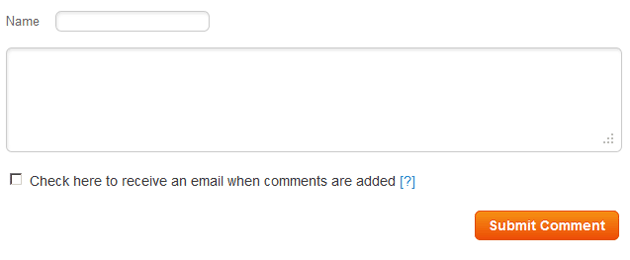Question
Topic: Research/Metrics
Quantitative Approach To Evaluating Sponsorships?
Related Discussions
- Capturing Event Roi - In-person Events
- Looking For Marketing Research Participants
- Looking For Marketing Research Participants
- Where To Find A Companies Marketing Budgets
- How Do I Analyze Published Content On Linkedin?
- Who Are The Top Companies Competing In The Market?
- Geographic Metric - Help Needed!
- How Fast Does An Untouched Sales Lead Degrade?
- Need Clear Standards To Judge Facebook Metrics
- How Can I Get Backlinks For My Website?
- Search more Know-How Exchange Q&A
Community Info
Top 25 Experts
(Research/Metrics)
- koen.h.pauwels 25,348 points
- Jay Hamilton-Roth 22,162 points
- Chris Blackman 15,808 points
- Gary Bloomer 10,191 points
- wnelson 8,013 points
- Peter (henna gaijin) 7,543 points
- steven.alker 6,672 points
- Frank Hurtte 6,632 points
- Dawson 4,619 points
- telemoxie 4,595 points
- SteveByrneMarketing 3,358 points
- darcy.moen 2,727 points
- saul.dobney 2,528 points
- SRyan ;] 2,396 points
- Blaine Wilkerson 2,387 points
- ReadCopy 2,081 points
- Pepper Blue 1,863 points
- bobhogg 1,748 points





I'm developing a set of guidelines for my team to use to evaluate these requests. I know sampling is a great way to get customers to experience our products, but we really can't say yes to every single event...
I came up with a qualitative, objective-based guide but I'd really like to add some kind of quantitative way of sizing up the requests... Problem is that's not really my strength. How do you assign a monetary value to an event's potential to build your brand image, create some buzz, and put you in front of your customers, media, and sometimes even sales leads?
Or should I just stick to the qualitative form?
Would really appreciate your help!